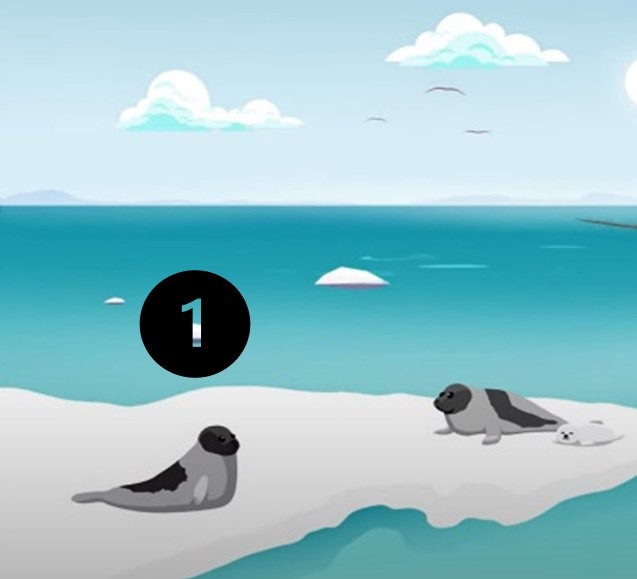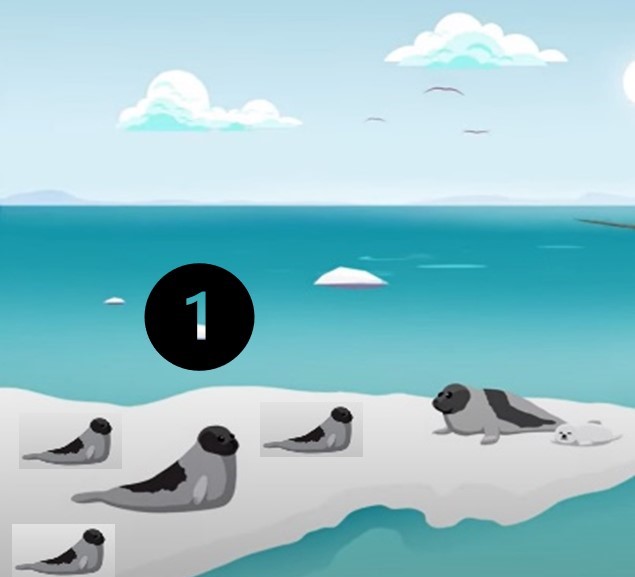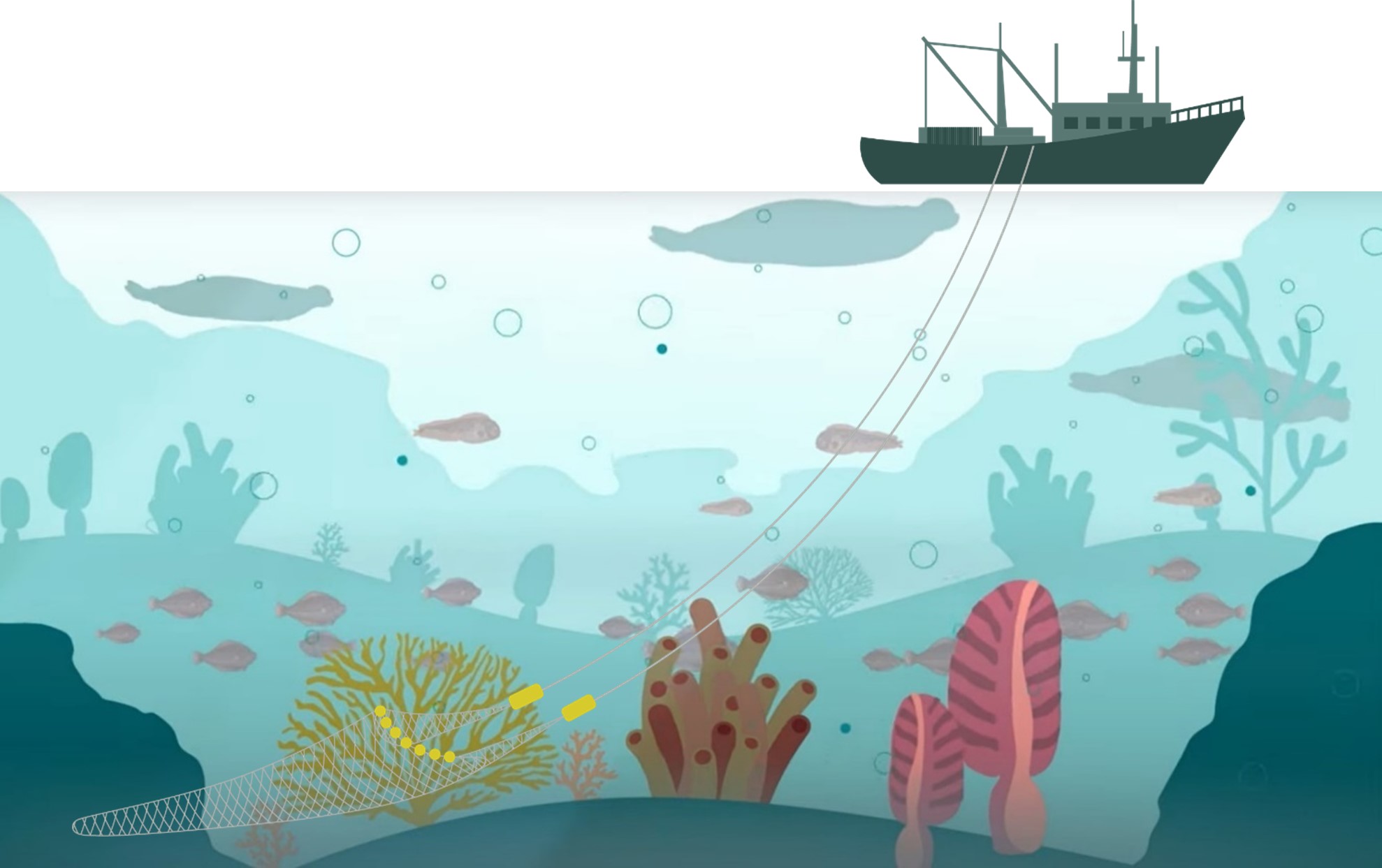The Arctic's Marine Refuges
Transcript
The Arctic's marine refuges
Marine refuges are fishery area closures, established under the Fisheries Act.
They help promote biodiversity and protect important species and their habitats.
These protection measures are intended to be in place for the long-term, so they will make a lasting contribution to marine conservation.
Marine refuges are considered OECMs or other effective area-based conservation measures.
In the Arctic Region, 3 marine refuges have been established and contribute to Canada's Marine Conservation Targets.
These Arctic marine refuges are:
- Disko Fan
- Davis Strait and
- Hatton Basin
All 3 of these marine refuges are located off the coast of Baffin Island and Labrador and contain significant aggregations of corals, sponges and sea pens, providing structural habitat for many commercially important marine species, such as Greenland halibut and northern shrimp.
In addition, the Disko Fan Marine Refuge is home to a population of narwhal and provides highly valuable overwintering habitat and food sources for them.
By prohibiting activities, such as bottom-contact fishing, we can protect not only the corals, sponges and narwhal habitat, but also support diverse populations of other marine mammals, fish and invertebrates that use these refuges, such as sperm whales and northern bottlenose whales.
These areas can act as natural refuges that may support species abundance and population health in, and around, these protected sites.
Monitoring and management of these marine refuges will help us to understand their effectiveness and ensure conservation success.
Fisheries and Oceans Canada continues to work collaboratively with Inuit and Indigenous organizations, industry partners, governments and researchers to ensure these conservation goals are achieved.
To learn more about Canada's Marine Refuges, please visit Canada.ca and search marine refuges.
In Canada's Arctic Region, 3 marine refuges (Disko Fan, Davis Strait and Hatton Basin) have been established and contribute 1.17% to Canada's 2025 Marine Conservation Targets. Prohibited activities, such as bottom-contact fishing, are in place to protect the diverse populations of marine species that exist within these geographic areas. Watch to learn more about the Arctic's refuges and what they protect.
You can also watch the video in:
Educational material
Discussion questions for teachers
Discussion questions for teachers (PDF, 380 KB)
This supplementary material is to be used only with the video, The Arctic's Marine Refuges. Explanation of terms should not be used as official definitions.
How do the Arctic's marine refuges impact northern communities?
The Arctic's marine refuges create safer areas for marine mammals to spend the winter. These animals depend on these areas throughout their lives. Protecting these areas for the marine mammals means they will have more chances to survive and reproduce. These marine mammals are likely to end up in waters near coastal communities where community members depend on harvesting. However, harvesting is not likely to happen in the refuges themselves, since they are so far from the shoreline.
The Arctic's Marine Refuges video talks about how the marine refuges support species abundance and population health. What do these terms mean?
Species abundance refers to the number of individuals of each species in an area. For example, if the abundance of narwhal in Disko Fan marine refuge is 100* individuals, by protecting their habitat, and contributing to better population health, the abundance may increase to more than 100* in the area. This can be from narwhal moving into and using the area, or because it provides habitat that allows new narwhal to be born. So, the species abundance increases.
* Values are not reflective of actual species abundance values, they were selected purely for example purposes.
Population health refers to the collective heath of a group of individuals. Many factors can influence population health, such as access to good habitat, nursing areas, and food. For example, if more human activity happened in Disko Fan and created a poor narwhal winter habitat, then the population health of narwhal may decrease. This could result in the species abundance decreasing (meaning, a lower number of narwhal) in the area.
Marine Refuges promote biodiversity. What does that mean?
Biodiversity refers to the variety of living things in an area. This includes:
- plants
- animals
- microorganisms
- and more
Across the Arctic's marine refuges, there are many species including:
- corals
- sponges
- sea pens
- Greenland halibut
- narwhal
- northern shrimp
- and many more living things
That means biodiversity is high in these areas! An area that only has 2 or 3 species using it would be an example of low biodiversity, even if there are a lot of each particular species there.
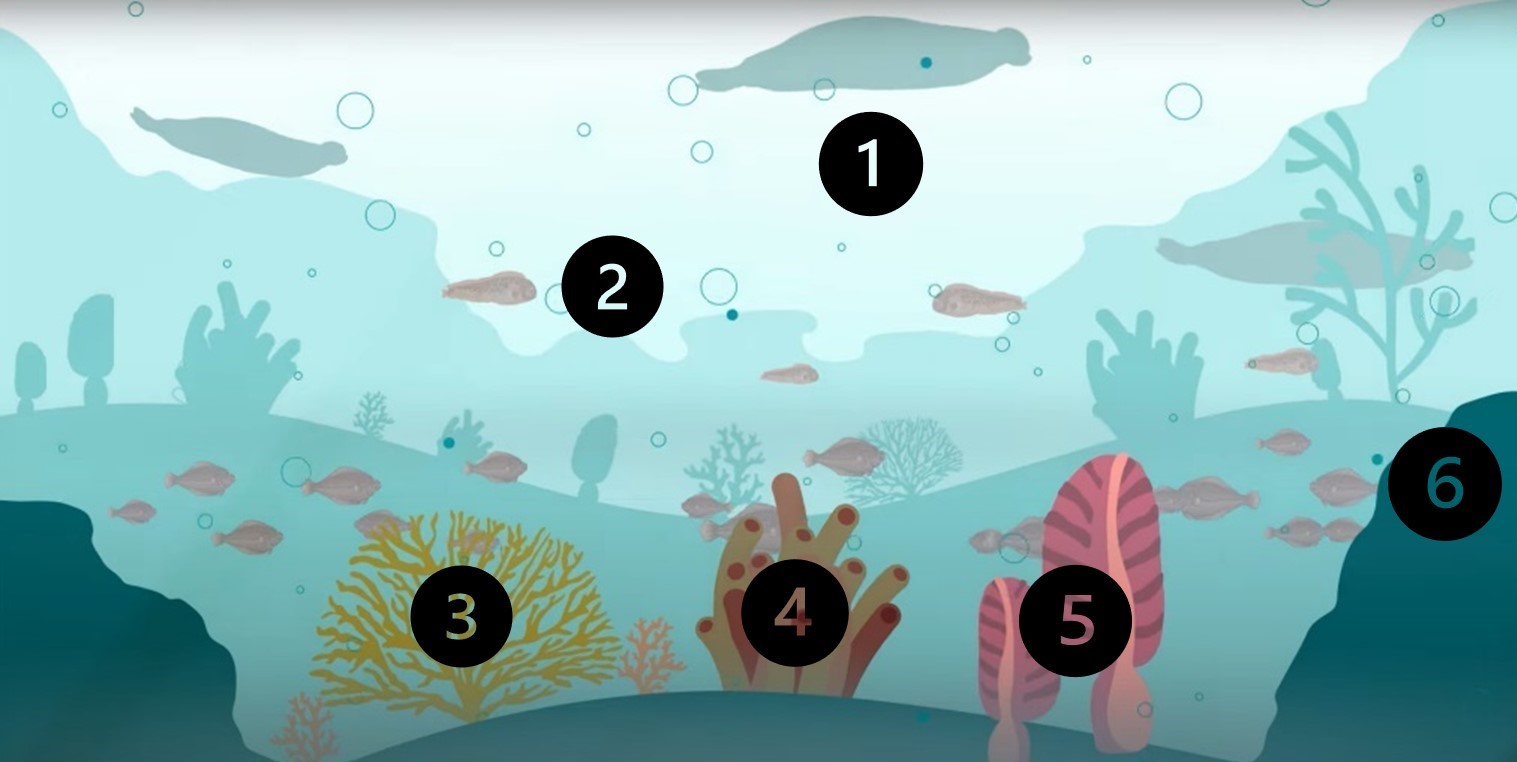
High biodiversity
Figure 1. High and low biodiversity scenarios. Numbers represent different species. Top images show that the number of an individual species (in this case, harp seals) does not change the level of biodiversity. Bottom images show a high biodiversity situation since there are multiple different species, such as:
- harp seals
- wolffish
- corals
- sponges
- sea pens and
- Greenland halibut
Can human activity impact biodiversity?
Yes, some human activity, such as bottom-contact fishing, can threaten biodiversity. Bottom-contact fishing is when fishing equipment touches the bottom of the ocean and this can break or damage corals, sponges, and sea pens. The Arctic's marine refuges contain large groups of coral, sponges and sea pens that live on the sea floor. These all provide homes for other important species, such as shrimp and halibut. All of these species contribute to the biodiversity of the area. Some of the corals are hundreds of years old! Preventing bottom-contact fishing in marine refuges can help protect this biodiversity.
What is the Fisheries Act?
The Fisheries Act is a piece of legislation (i.e., written law) that protects fish and fish habitat in Canada. The act includes laws to support the sustainability of Canada's marine resources, such as fish, for generations to come. The Fisheries Act was first introduced in 1868.
Sustainability: "Meeting the needs of the present without compromising the ability of future generations to meet their own needs" – United Nations Brundtland Commission
What does monitoring and management of the marine refuges include?
Monitoring includes observing and reporting on marine life. This could include whether the number of corals and sponges has increased or decreased from year to year. Monitoring can also involve enforcement and making sure illegal activities are not taking place within the marine refuges, such as fishing where fishing is not supposed to occur. Management includes agreeing upon what can and cannot happen within the areas. This could include stopping activities like bottom-contact fishing and reviewing the boundaries of the marine refuges.
Why is monitoring and management important?
Different groups and partners monitor and manage the marine refuges and other conservation areas. These partners can include:
- Inuit and Indigenous organizations
- industry partners (such as fishing companies)
- governments
- researchers
- Fisheries and Oceans Canada
- others
By monitoring, partners can see if the marine refuges are successful at protecting biodiversity. By regularly discussing management agreements, partners can ensure they are meeting the conservation objectives (the goals) of the areas. They can also consider what else they may need to do to reach their goals for these areas.
Conservation objective: a desired environmental goal for an area. It describes something (often a species or habitat) that is important in the environment and needs to be protected in a particular area. For example, the conservation objective of the Hatton Basin marine refuge is:
- To conserve (protect) sensitive benthic areas (like corals and sponges)
The Arctic's Marine Refuges – worksheet
This supplementary material is to be used only with the video, The Arctic's Marine Refuges. Explanation of terms should not be used as official definitions.
- Under what Canadian act are marine refuges established?
- Fisheries Act
- Oceans Act
- Canadian Environmental Protection Act
- Canada Wildlife Act
- Fill in the blank
- Marine refuges are considered OECMs or other effective area-based _____________ measures
- What are the 3 names of the marine refuges in the Arctic? _________________, Davis Strait and Hatton Basin
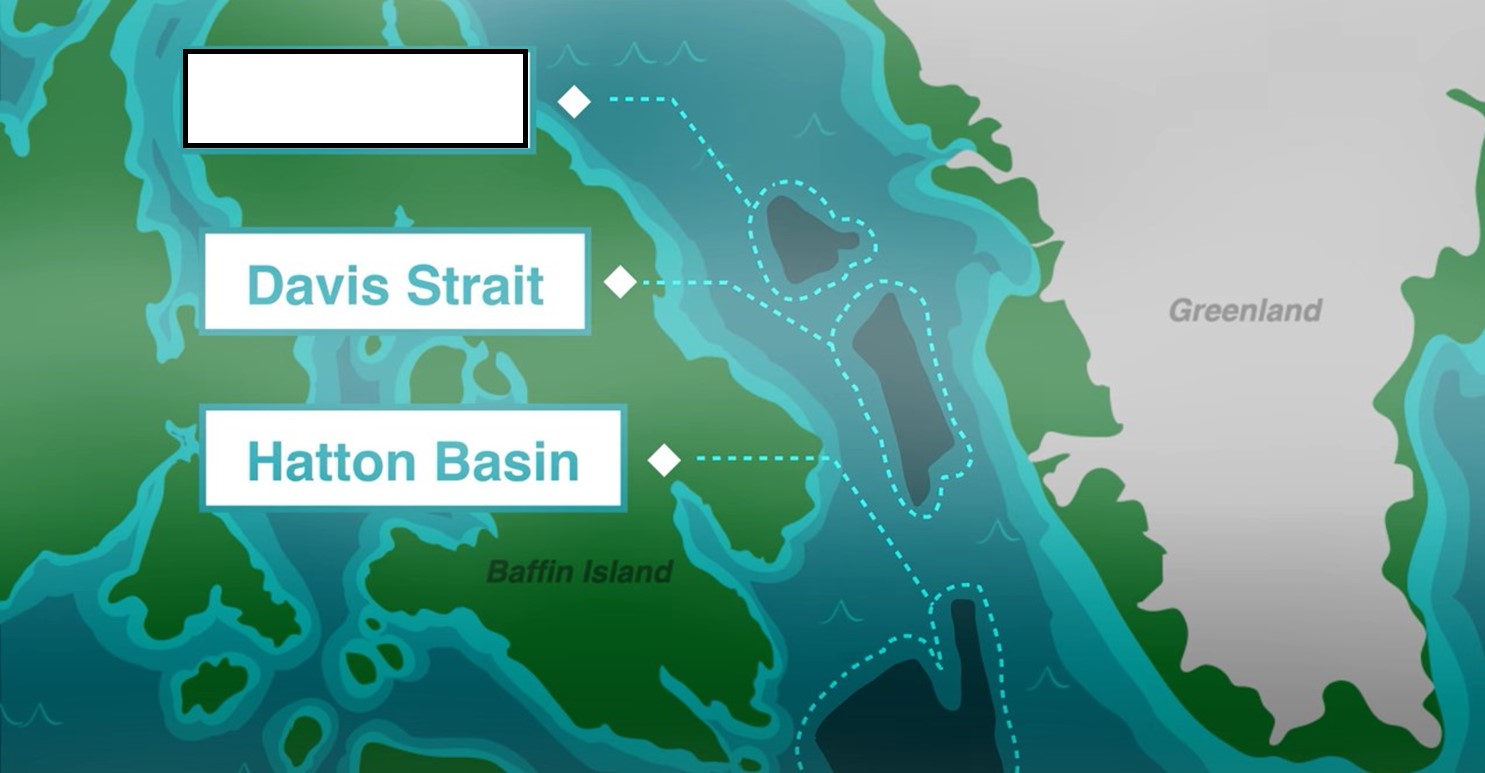
- Corals, _________ and sea pens provide structural habitat for many important marine species
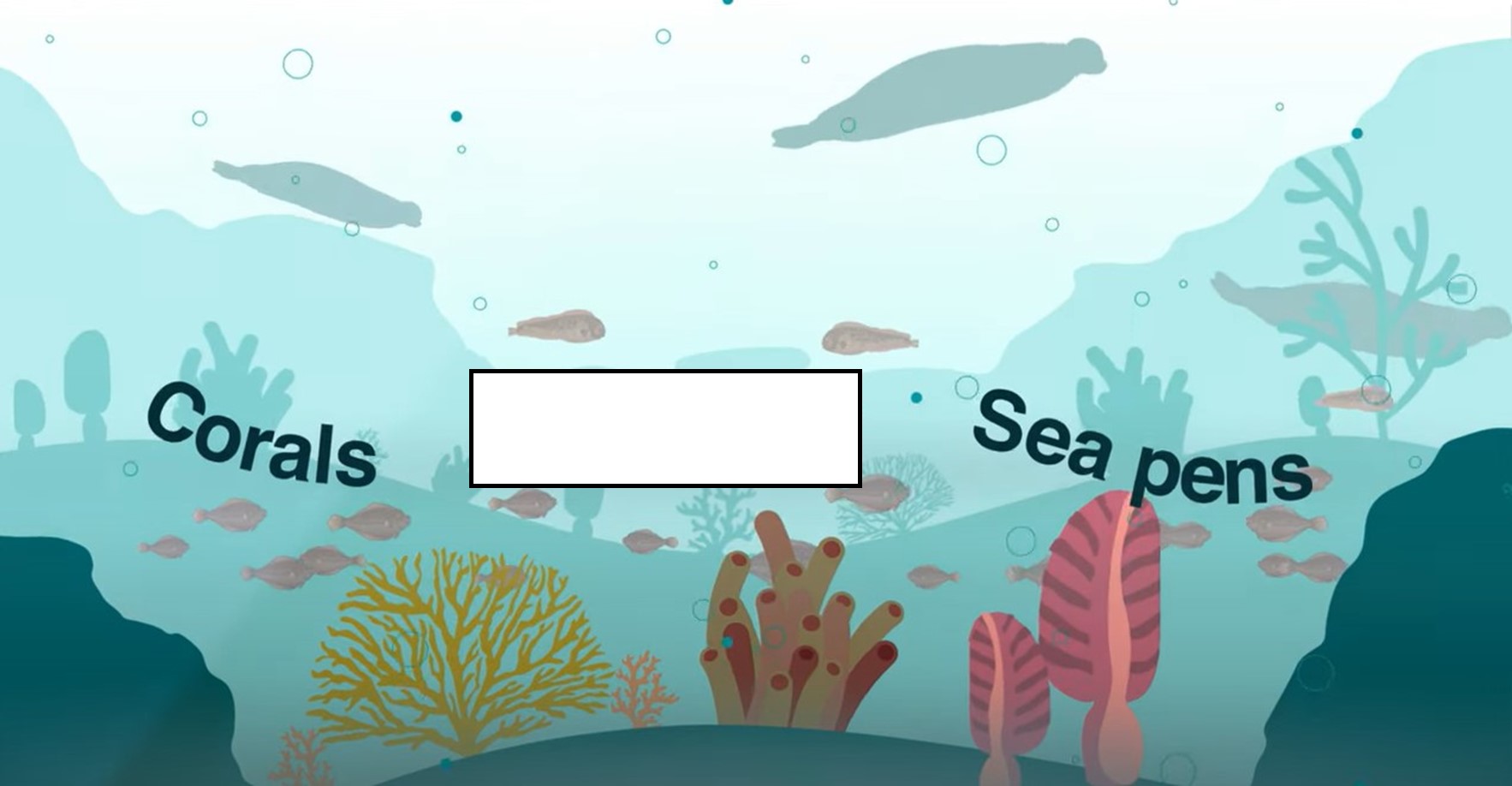
- The Disko Fan Marine Refuge is home to a population of ____________ (hint: a marine mammal).
- True (T) or False (F)
- The Arctic's marine refuges prohibit (do not allow) bottom contact fishing. T F
- Monitoring and management of these marine refuges will help us understand their success. T F
- Inuit and Indigenous organizations, and researchers, are 2 of the partners that Fisheries and Oceans Canada works with to reach conservation goals. T F
The Arctic's Marine Refuges – worksheet answer key
Worksheet answer key (PDF, 314 KB)
This supplementary material is to be used only with the video, The Arctic's Marine Refuges. Explanation of terms should not be used as official definitions.
- Multiple choice
- Fisheries Act
- Fill in the blank
- conservation
- Disko Fan
- narwhal
- sponges
- True or False
- True
- True
- True
Related links
- Date modified:
